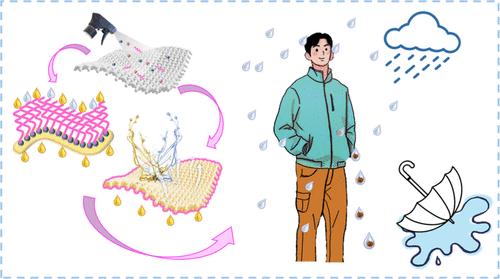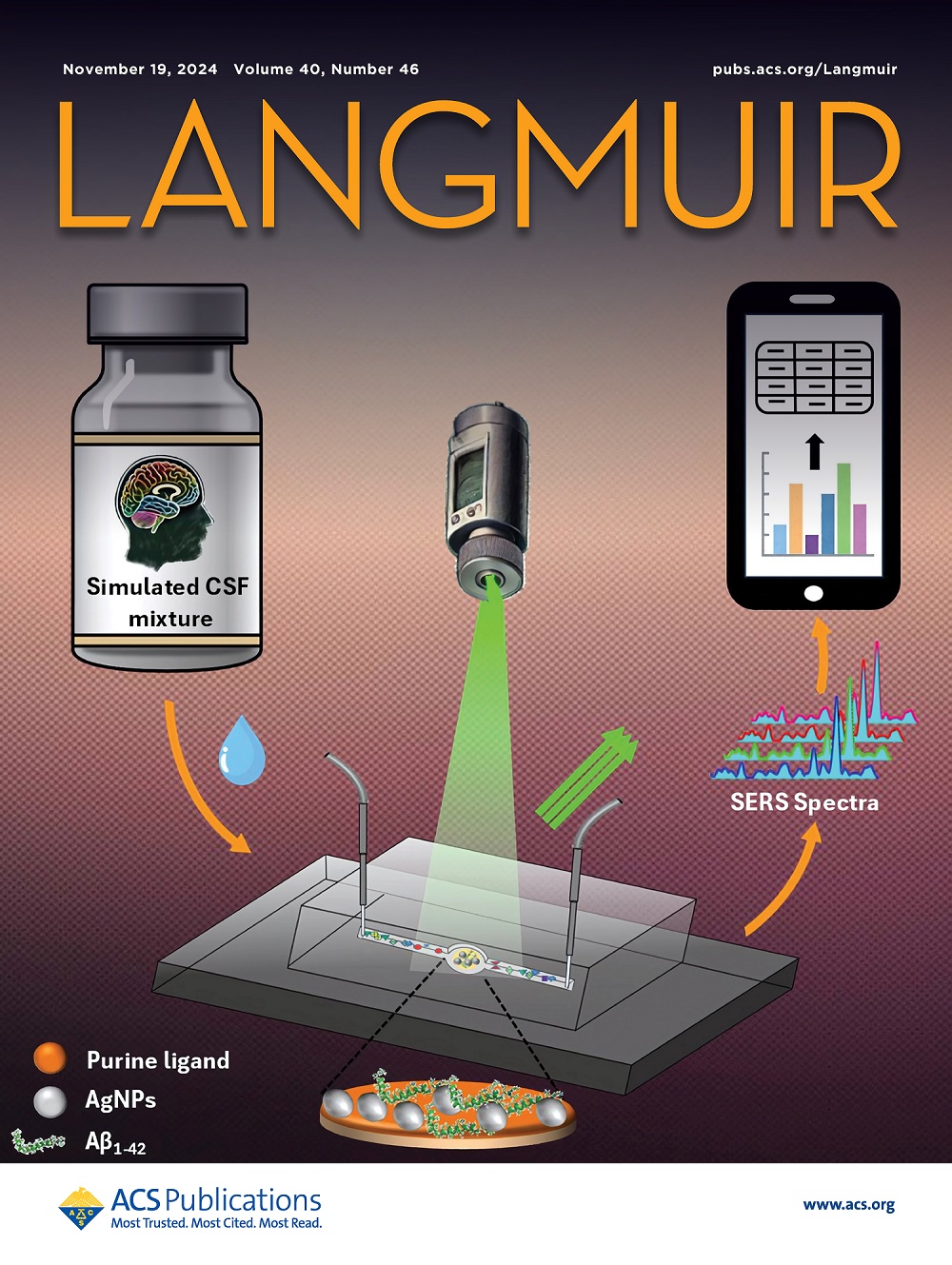Fluorine-Free Multi-durable Superhydrophobic Cotton Fabrics Prepared by an Atomization Spraying Method for Self-Cleaning and Oil–Water Separation
IF 3.7
2区 化学
Q2 CHEMISTRY, MULTIDISCIPLINARY
引用次数: 0
Abstract
Superhydrophobic textiles have special applications in many fields such as medical treatment, military protection, oil–water separation, etc. In the large-scale pad–dry–cure process, a large number of polymer binders are often added to improve the superhydrophobic durability, resulting in a significant reduction in air permeability. To address this issue, a low-liquid atomization spray method was adopted to fabricate multi-durable superhydrophobic cotton fabrics using N1,N6-bis(2,3-epoxypropyl)hexane-1,6-diamine, a silica precursor, and fluorine-free hexadecyltrimethoxysilane as the main modifiers. The prepared fabric maintained excellent water repellency even after being subjected various harsh conditions tests such as 2000 cycles of friction, 40 washing cycles, ultrasonic treatment for 120 min, 200 tape peelings, and acid–alkali–salt corrosion for 24 h. The air permeability of the superhydrophobic fabric was measured to be 370.2 L m–2 s–1, which was merely 5% lower than that of the original fabric, indicating that the modified fabric retains satisfactory air permeability. The modified fabric exhibited an excellent self-cleaning effect with respect to various liquids. In addition, the prepared fabric showed good oil–water separation capability for both heavy and light oils. For heavy oil–water mixtures, the fabric sample exhibited a maintenance of 98.13% separation efficiency and a high flux of 18 032 L m–2 h–1 after 10 uses. These findings will help to promote the practical application of low-feed interface modification technology in the production of durable functional textiles.

求助全文
约1分钟内获得全文
求助全文
来源期刊

Langmuir
化学-材料科学:综合
CiteScore
6.50
自引率
10.30%
发文量
1464
审稿时长
2.1 months
期刊介绍:
Langmuir is an interdisciplinary journal publishing articles in the following subject categories:
Colloids: surfactants and self-assembly, dispersions, emulsions, foams
Interfaces: adsorption, reactions, films, forces
Biological Interfaces: biocolloids, biomolecular and biomimetic materials
Materials: nano- and mesostructured materials, polymers, gels, liquid crystals
Electrochemistry: interfacial charge transfer, charge transport, electrocatalysis, electrokinetic phenomena, bioelectrochemistry
Devices and Applications: sensors, fluidics, patterning, catalysis, photonic crystals
However, when high-impact, original work is submitted that does not fit within the above categories, decisions to accept or decline such papers will be based on one criteria: What Would Irving Do?
Langmuir ranks #2 in citations out of 136 journals in the category of Physical Chemistry with 113,157 total citations. The journal received an Impact Factor of 4.384*.
This journal is also indexed in the categories of Materials Science (ranked #1) and Multidisciplinary Chemistry (ranked #5).
 求助内容:
求助内容: 应助结果提醒方式:
应助结果提醒方式:


